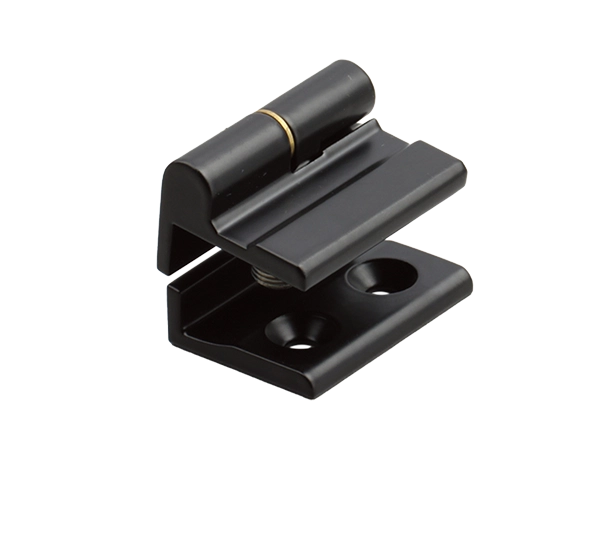- This topic is empty.
-
AuthorPosts
-
19/12/2024 at 18:01 #2636
Industrial lock control mechanisms demand precision, reliability, and adaptability to function effectively in diverse and often challenging environments. Torque hinges have fundamentally transformed these systems by introducing controlled resistance, smooth motion, and enhanced stability. Their versatility and customizability make them indispensable in a wide array of industrial applications.

The Mechanics of Torque Hinges
Controlled Motion and Positioning
Torque hinges operate by utilizing internal friction or mechanical resistance to regulate the movement of connected components. This controlled motion ensures that doors, panels, and covers open and close smoothly without abrupt movements, enhancing both safety and functionality. For instance, in pharmaceutical manufacturing environments, sterile enclosures require precise and consistent opening angles to maintain the integrity of the sterile environment. Torque hinges used in these applications help prevent sudden closures, which could introduce contaminants or disrupt critical processes. Additionally, this level of control improves worker safety by eliminating unexpected movements that could lead to accidents or equipment damage. Beyond pharmaceuticals, controlled motion is equally important in food processing, cleanroom environments, and laboratories, where precision and reliability directly affect the quality of outcomes.
Adjustable Torque Levels
Many torque hinges are designed with adjustable resistance, enabling users to customize their functionality for specific applications. This flexibility is especially useful in environments where the weight, size, or balance of panels and doors may vary. For example, modular industrial workstations equipped with torque hinges can accommodate a variety of tools and equipment. By fine-tuning the torque settings, operators can ensure that panels or tool mounts remain stable and secure, regardless of changes in load. Similarly, in electronics assembly lines, adjustable torque hinges on workstation enclosures allow workers to optimize panel motion based on their individual needs, enhancing efficiency and reducing strain.
Design and Engineering Considerations for Torque Hinges
Resistance and Load Capacity
One of the most important considerations when designing or selecting torque hinges is matching the resistance and load capacity to the specific application. Engineers must evaluate factors such as the weight of the door or panel, the frequency of use, and environmental conditions to determine the appropriate specifications. In heavy machinery applications, for instance, torque hinges are required to support substantial loads without compromising motion control. These hinges must distribute weight evenly, preventing excessive strain on both the hinge and the attached components. Reliable performance under heavy loads ensures longevity and reduces the need for frequent maintenance, which is especially critical in high-demand industrial environments. Conversely, for lightweight applications such as access panels in medical equipment, lower resistance torque hinges are preferred. These hinges allow for effortless movement while still providing enough friction to maintain a stable position.
Material Selection
The choice of material for torque hinges is another key factor in ensuring durability and performance. Stainless steel is widely used for its resistance to rust, corrosion, and environmental degradation, making it ideal for high-humidity or chemically exposed environments, such as chemical processing plants or marine installations. For applications where weight is a concern, aluminum torque hinges offer a lightweight yet durable alternative. Additionally, surface treatments like powder coating, anodizing, or plating are often applied to enhance wear resistance, improve corrosion protection, and extend the lifespan of the hinges. For example, in outdoor industrial equipment, anodized aluminum torque hinges provide a combination of lightweight functionality and resistance to harsh weather conditions, ensuring consistent performance over time.
Integration with Lock Systems
Proper integration of torque hinges with industrial lock systems is essential to achieving seamless operation. This involves precise alignment and calibration to ensure that the hinge and lock mechanisms work in harmony. Misalignment can lead to premature wear, reduced functionality, or even failure of the system. In control cabinets, torque hinges enhance the operation of locking mechanisms by reducing the strain caused by sudden or uneven movements. The smooth, controlled motion provided by torque hinges allows cabinet doors to align correctly with the locks, increasing their durability and ensuring reliable security. For high-security environments, such as data centers or military installations, torque hinges paired with advanced lock systems ensure that access doors operate efficiently without compromising safety or integrity.
Torque hinges have revolutionized industrial lock control mechanisms by introducing precision, reliability, and adaptability to a wide range of applications. Their ability to provide controlled motion, support heavy loads, and withstand harsh environments makes them an invaluable component in modern industrial systems. From enhancing safety and operational efficiency to extending the lifespan of critical components, torque hinges represent a vital innovation in industrial design. As industries continue to evolve, the role of torque hinges in enabling advanced, reliable, and flexible lock control mechanisms will only grow, solidifying their place as a cornerstone of industrial technology.
https://www.shengjiuglobal.com/Hinges/
http://www.shengjiuglobal.com
Shengjiu Group -
AuthorPosts
- You must be logged in to reply to this topic.